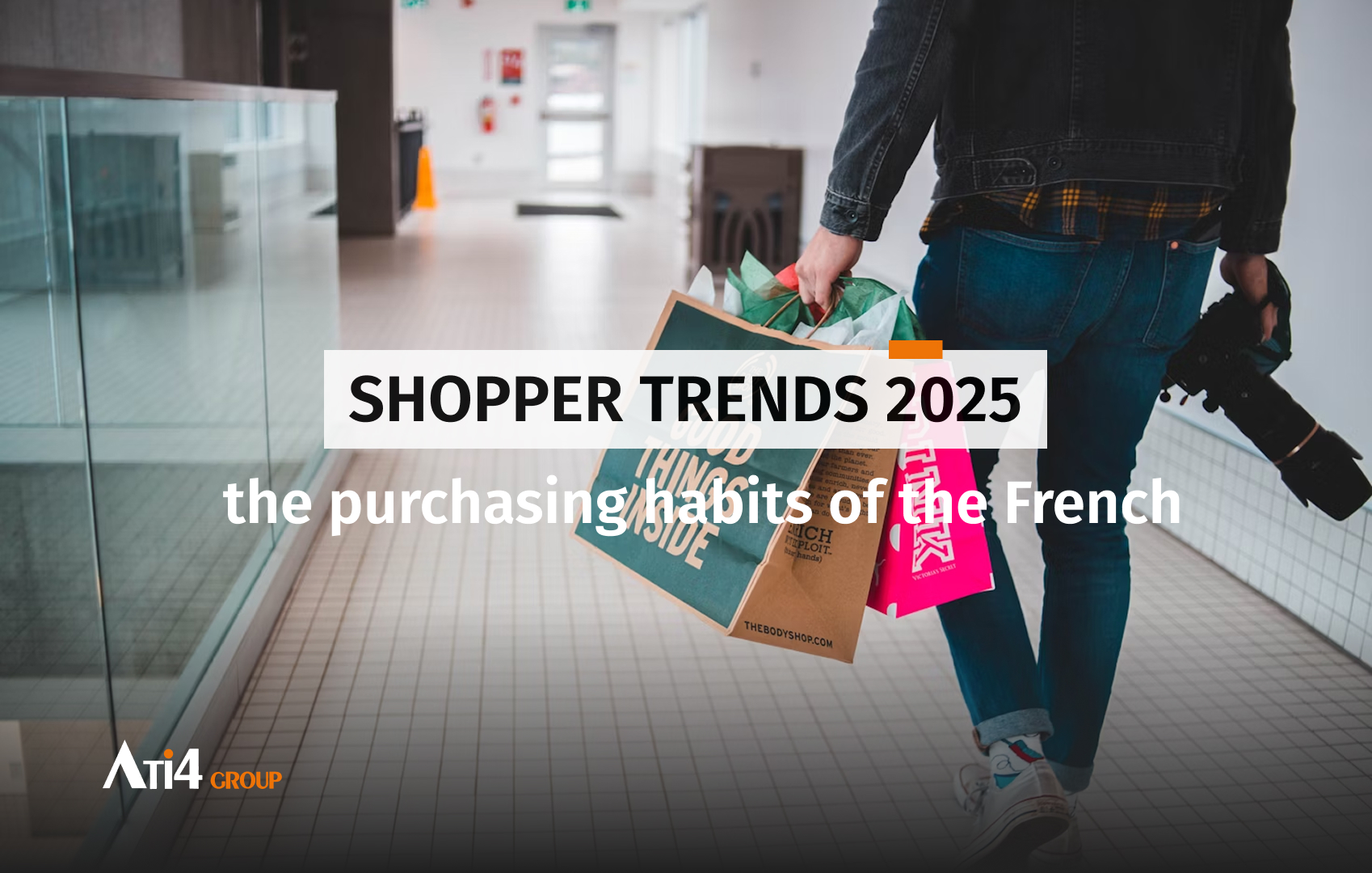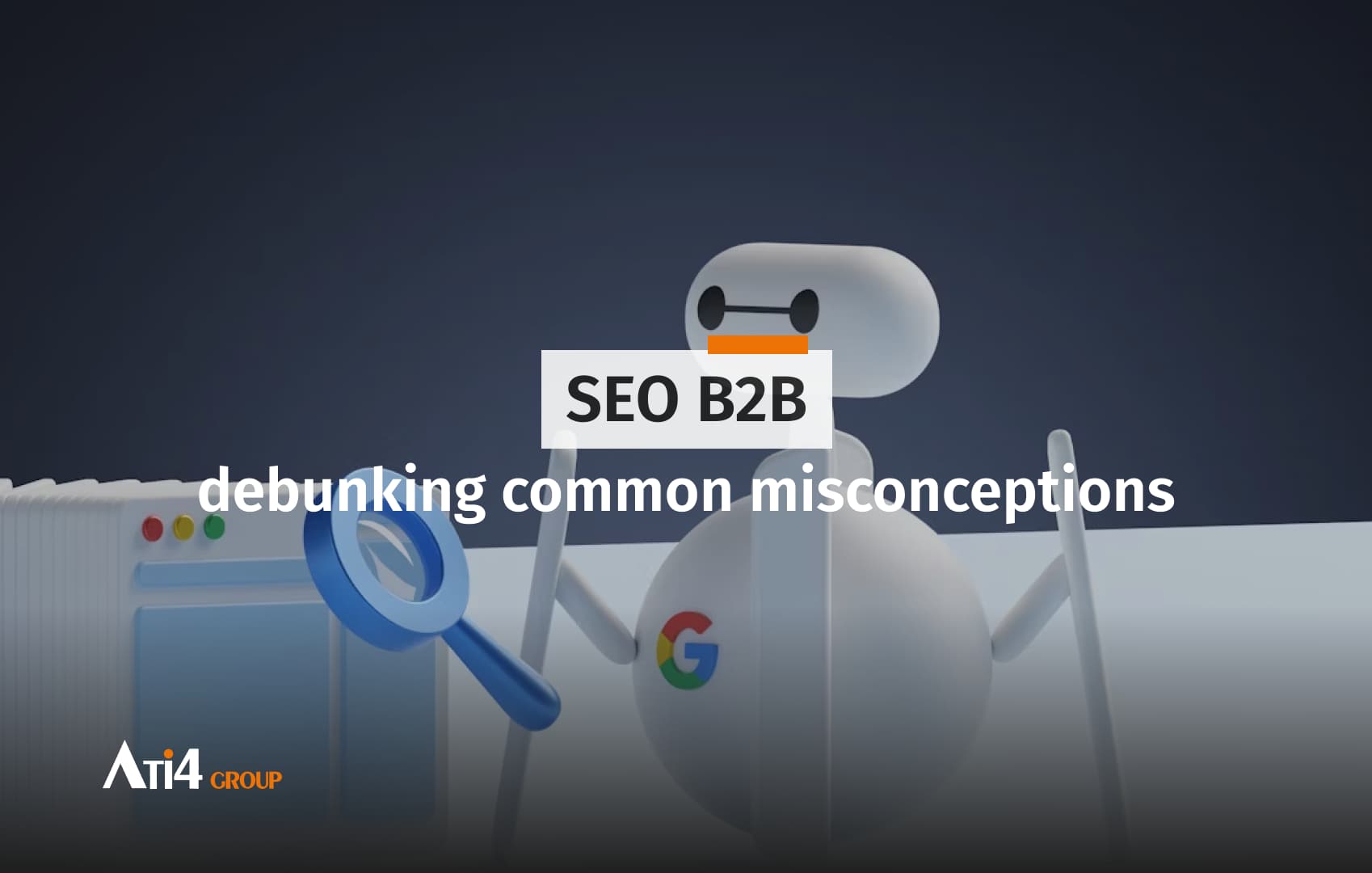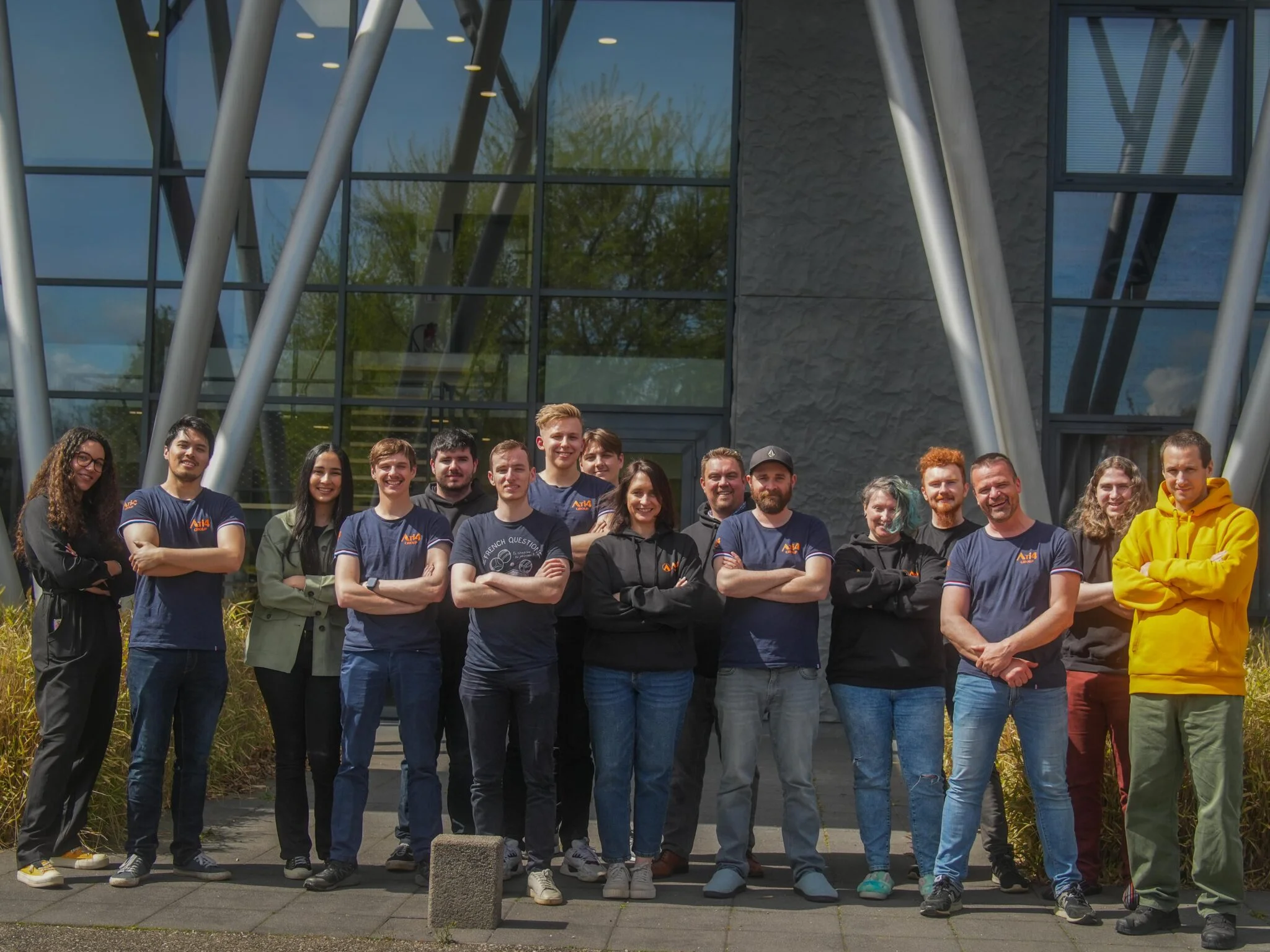TikTok Shop: a revolution in e-commerce ?

E-commerce has experienced a meteoric rise over the past two decades, fueled successively by marketplaces like Amazon, the rise of social media, and more recently, social commerce. TikTok, originally known for short, entertaining videos, has recently launched TikTok Shop, a feature that could very well redefine the rules of the e-commerce game.
An E-Commerce Platform Embedded in a Social Network.
Launched in April 2025 in France, following successful testing phases in the U.S. and China, TikTok Shop leverages its powerful algorithm and engaged community to turn views into sales. With 15 million users in France and over 1.59 billion globally, the platform already has a massive pool of potential customers, most of whom are aged 18 to 34, highly receptive to short, authentic, and engaging content. In 2024, 60% of French users were already aware of TikTok Shop, indicating strong anticipation for this feature.
TikTok Shop VS Magento
Often linked to low-value drop shipping, TikTok Shop has gradually distanced itself from this image. The platform is actively working to reduce the presence of “low-end” products and improve the quality of available listings. This repositioning is increasingly attracting major brands looking to capture a young, connected audience prone to impulse buying through video formats.
However, TikTok Shop is not a direct competitor to Magento. The two cater to very different needs and audiences. TikTok Shop is ideal for viral, low-cost, frequently purchased, or highly visual products (cosmetics, fashion accessories, tech gadgets, apparel, etc.). If you operate in one of these markets and target a young audience (Gen Z / Millennials), testing this channel is a smart move.
Several B2C brands have already jumped in:
- Beauty & Cosmetics: L’Oréal, Maybelline, The Ordinary, Charlotte Tilbury, Fenty Beauty
- Fashion & Accessories: Adidas, Shein, Zara, ASOS, Puma
- Tech & Gadgets: Carrefour, Insta360
- Home, Decor & Lifestyle: Carrefour (Moulinex, Rowenta, Tefal)
However, if your audience isn’t on TikTok, or if you sell more complex, technical, or high-end products, the platform may not be profitable. That’s where Magento remains indispensable, especially for structured B2B or B2C projects, requiring business rules, multi-store setups, detailed catalog management, or specific workflows.
Our recommendation? Think smart omnichannel. Don’t see TikTok Shop as a threat, but rather as a relevant marketing complement for certain product categories. Magento remains highly relevant for brands concerned with their image, robust e-commerce infrastructure, and scalability, while TikTok can be a powerful acquisition lever—if your target audience aligns.
A new breath of life for E-Commerce ?
With TikTok Shop, the app takes a decisive step toward becoming a fully integrated e-commerce platform. Users can now discover, interact with, and buy a product without ever leaving TikTok. This ultra-immersive sales channel turns the customer journey into a fluid, direct, and emotionally connected experience, where entertaining content becomes a natural sales driver.
With native tools like “Buy” buttons embedded in videos, product pages accessible without leaving the app, centralized payment, and even partially managed logistics in some countries, TikTok is setting the stage for a new standard in digital commerce. A study by the platform revealed that 1 in 3 French users is ready to buy directly via TikTok. This clearly shows that TikTok is no longer just for entertainment—it’s now a serious e-commerce player capable of triggering instant purchases.
This shift is part of a broader transformation in consumer behavior: especially younger users now seek proximity, immediacy, and authenticity when buying. TikTok Shop meets these expectations by establishing a direct link between brands and audiences, and by embedding shopping into the natural content flow, with no interruptions or navigation hurdles. That’s its true disruptive power.
The Social Commerce Model.
TikTok Shop fully embraces the social commerce trend—a shift in e-commerce where sales happen within the social network itself, rather than through an external site. This hybrid model, blending viral content with transactional logic, is built on four key pillars: social recommendation (influencers, creators), instant discovery, visual emotion, and a frictionless purchase experience.
A full-fledged E-Commerce structure
In practical terms, TikTok has implemented a complete sales infrastructure, turning the app into a fully integrated e-commerce site. Brands like Carrefour already have a dedicated shop tab on their profiles, featuring product listings, prices, delivery options, secure payments, and even customer reviews: it’s the merging of an online catalog with an engaging social interface.
Each product is added to an in-app catalog, fully browsable and promotable through videos or livestreams. With nearly 20 million targeted users in France, TikTok Shop offers massive market potential, boosted by exceptional virality. TikTok’s algorithm, known for giving small accounts visibility, lets emerging brands and creators generate qualified traffic fast—without massive ad spend.
An aggressive commercial strategy
Another advantage: TikTok uses an aggressive commercial strategy to drive adoption. For example, the platform offers 15% off for new customers, directly subsidized by TikTok, meaning the seller doesn’t have to cut into their margins. These kinds of incentives help kickstart customer acquisition and embed buying habits in the app.
TikTok Shop also features a promotion management interface, detailed analytics (clicks, product views, revenue, conversion rate), and a streamlined payment system. For SMEs with under-optimized e-commerce sites, it’s a chance for immediate digitalization, at low cost, with significant reach.
E-Retailers: Market Share & ROI.
One of TikTok Shop’s strongest advantages for e-retailers is undoubtedly its algorithm. Unlike traditional platforms where visibility often depends on ad budgets or follower count, TikTok promotes the most engaging content regardless of account size. This means any product, even unknown, can go viral with a well-crafted video. Result: thousands of sales can be generated in hours—without massive ad investment.
This is where TikTok Shop truly stands out: the entire purchase journey is in-app, with no external redirects. Gone are the classic e-commerce steps (ad > click > site > cart > payment). On TikTok, everything happens in seconds in a familiar, fluid interface. This drastically reduces friction, boosts conversion rates, and encourages impulse buying, especially among younger users reluctant to leave the app.
TikTok Shop acts as a marketplace embedded within a social network, unlike Facebook or Instagram, where the purchase process is usually redirected to third-party sites. Here, the sales funnel is fully integrated—from product discovery to purchase, all within TikTok.
Sales boom through influencer marketing
The influencer engine is at the heart of TikTok Shop’s strategy, embodying a new era where selling is a natural extension of content. Creators can freely choose products to promote, embed links directly into videos or live streams, and earn commissions (about 8%) per sale. This seamless system turns any viral content into a conversion trigger.
TikTok has reinforced this model with the “Creator Fund”, a built-in tool allowing influencers to track sales, earnings, and video performance tied to specific products in real time. For brands, this offers instant ROI, combining precise tracking with large-scale community activation.
Inspired by the Amazon FBA model, TikTok’s partially managed logistics frees sellers from operational burdens. This lets merchants, artisans, or micro-entrepreneurs focus on content and sales strategy, while TikTok handles storage, shipping, and sometimes customer service. This model makes commerce more accessible than ever, especially for those without a dedicated e-commerce site.
Influencer marketing reaches a new dimension: it’s no longer disguised advertising, but native, engaging, spontaneous content that can go viral effortlessly. The user doesn’t immediately perceive a commercial intent—they scroll, get excited, and buy in just a few clicks, without leaving the video. The product detail page (PDP) opens as an overlay, showing all necessary info—price, shipping, and integrated payment.
By working with creators, brands benefit from :
- Strong authenticity through UGC (user-generated content)
- Massive organic reach via TikTok’s algorithm
- Performance-based incentives that motivate influencers to convert
This model also enables new types of sellers. An artisan or micro-entrepreneur can launch without a website, simply by creating a seller account, uploading products, and posting videos or livestreams. TikTok Shop dramatically lowers the barrier to e-commerce entry and reshapes the rules of the game.
The Power of TikTok Shop and the Rise of Live Shopping Content.
TikTok Shop is not just another social app feature—it redefines an entire sales channel, directly challenging the traditional e-commerce site model. While platforms like Magento or Shopify require building an online storefront, TikTok transforms its social ecosystem into an immersive marketplace, powered by recommendations, engagement, and immediacy.
This shift isn’t just technological—it’s a transformation in buying behaviors. Users no longer need to leave the app, search for a product, or read technical specs: they experience it, feel an emotion, then buy. And it’s precisely this addictive, fluid, intuitive interface that positions TikTok as the new e-commerce standard. With 20 million users in France, many already familiar with TikTok Shop, the platform relies on proven technology abroad, especially in Asia and the U.S., to speed up adoption in France.
For brands, this means being where customers already are. Ignoring TikTok today could mean missing a crucial e-commerce shift, as sales strategies move toward more playful, immersive, and community-driven formats.
One flagship format is Live Shopping. These are live video sessions hosted by creators, influencers, or product experts, during which viewers can interact, ask questions, and purchase in real time via integrated CTA buttons. Like modern-day TV shopping, this format is reinvented for mobile and social generations: more authentic, more emotional, and more engaging. Storytelling, spontaneity, and intimacy with hosts create a strong connection between product and audience, driving impulse purchases.
This trend isn’t exclusive to TikTok: Amazon Live launched in France in May, with a similar approach. Amazon is also working to blend entertainment with shopping, as seen with Twitch. Live sessions are becoming full-scale events, letting B2C and retail brands unfold strong narratives, answer questions live, and deliver an instant buying experience.
The numbers speak for themselves: 96% of live viewers interact with a brand during or after the stream, and 2 out of 3 buyers say they prefer discovering products through creators. This presents a huge opportunity for brands to make their offers more human, visible, and in tune with modern behavior.
TikTok Shop isn’t just a feature—it’s a structural shift in online commerce, where content creation becomes the engine of buying. At the crossroads of entertainment and consumption, it redefines the roles of sellers, creators, and consumers. Traditional brands that don’t adapt to this new dynamic risk being left behind by a new generation of ultra-agile entrepreneurs, powered by views, likes, and shares.
Find out what’s new at the company.
Because mixing fun and work is at the heart of our philosophy, we always try to make a special place for it in our business life.






































































